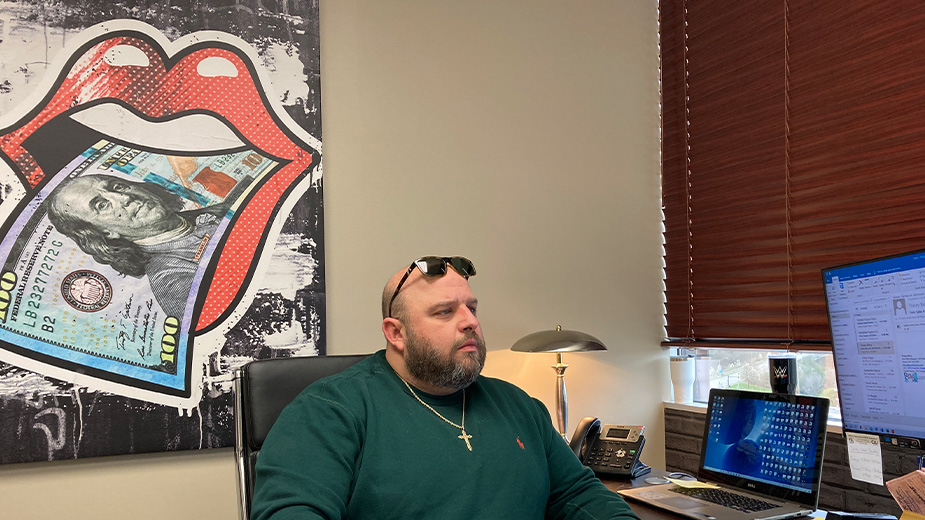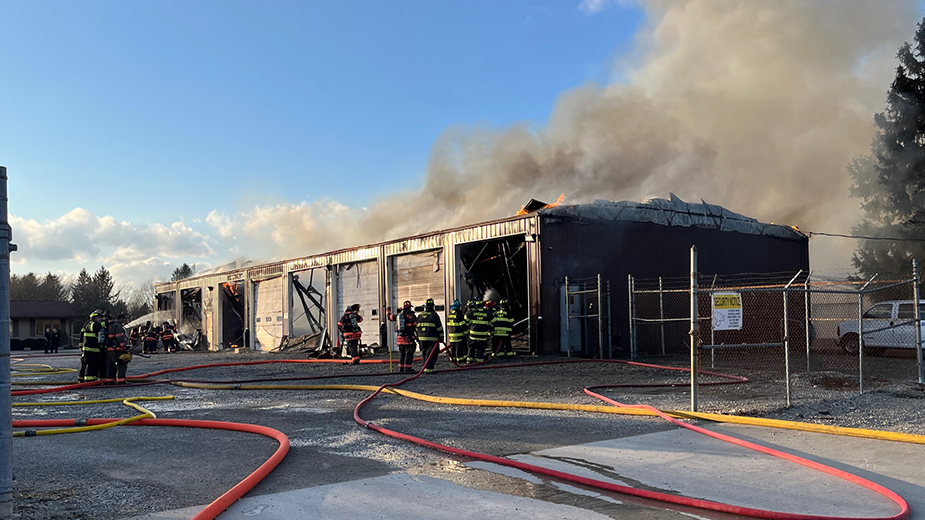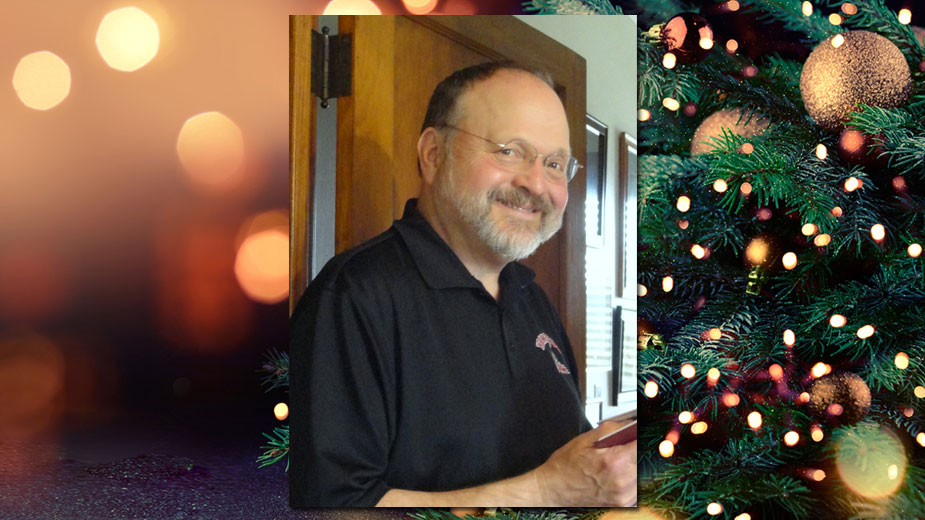Foundation Builds Salem with $40M in Grants
SALEM, Ohio — It started with a gift of $2,000 in 1966.
A half century after the first community foundations were founded, Walter F. Deming brought the idea to the “movers and shakers” of Salem after seeing what the foundations elsewhere had contributed to the well-being of their communities.
Each of the 20 people at that first meeting agreed to donate $100 and establish the Salem Community Foundation.
“That doesn’t sound like a lot of money to start with today. And although it would have been a fair amount 49 years ago, it still wasn’t a whole lot,” says the foundation president, John Tonti.
Within six months, the foundation treasury had $17,000 and it made its first donation – $200 to the Salem Public Library for “cultural books.”
In the time since, the foundation has made grants that total about $40 million, Tonti says, and today administers 92 funds with about $50 million. While the foundation has done well of late with the addition of five accounts last year and two this year, Tonti says partnerships for grants have become much more common.
Many times, the Salem Community Foundation will talk with investors or companies that have knowledge about why a request was submitted.
“The library wanted a 3-D printer. We went to [Butech Bliss] that knows about that kind of product,” Tonti says. “We said we’d pay for half, the equipment, if they supplied the materials for a few different projects.” The company agreed and the library calls the company whenever it needs materials.
The most visible contribution of the foundation is Salem Community Center on Ellsworth Avenue, which opened in 2002. The center is the result of a bequest from the estate of Ruth Harkins McKeown in the late 1970s. What began as $5 million in stock in a local insurance company has grown in worth to about $26 million, Tonti says.
The original building underwent a $2.5 million addition in 2007, adding a field house, gymnasium and vending area. A third phase will open this autumn, director Heather Young says.
“It’s more for competitive athletics. We’re ready to take the next step in a more competitive direction,” she says. “One thing we’re really excited for is the new track [built for spiked shoes] that will be ready for competition. The high school will be able to compete and get times for state tournaments right here.”
In the region, one aspect that makes the center unusual is it’s entirely privately funded, something Tonti says helps the staff better serve its members.
“You couldn’t do something like this with tax dollars in many communities in this area. They take longer to respond to the needs of users,” he asserts. “The benefit [of private funding] is we can respond quickly to the members of our community. There’s 6,000 members right now – 1,300 in the Silver Sneakers Blue Cross program. That wouldn’t be available [elsewhere].”
That’s reflective of a large portion of the Salem Community Foundation. In many cases, the organization works with the city to provide items it needs but can’t afford. Last year, the foundation awarded the police department a grant to install computers in its police cars, allowing officers to file paperwork digitally from their cars instead returning to the station.
“When you think about something like [that], it’s something this city will need all the time,” he says.
While the foundation is willing to help in almost any way in meeting requests, it has limits. As a rule, Tonti explains, money isn’t awarded to startups. And a group must show how its project would benefit Salem.
But the latter doesn’t happen much anymore, he notes, as many groups understand how the foundation works.
“They know not to come to us until they’ve done their homework,” Tonti says. “They go out and get that [tax-exempt] status, keep a good set of accounts and records, and report properly with the government. That eliminates what we would have to dig into and help them with.”
Through all of the grants the foundation has given over the years, the reactions remain largely the same, Tonti observes.
He cites two examples from last year. In one, the foundation gave money to Boy Scout Troop 3 and after the presentation, a scout approached him to say that without the money, the troop likely would be kept from doing activities that most troops do.
In another, the foundation gave money to the Hannah E. Mullins School of Practical Nursing.
“They didn’t have the equipment to teach their classes, things that were given when some other school or hospital stopped using them,” he says. “We provided them with new equipment that they could actually use. They cried when we gave them the check. Those are the types of things that are really important.”
That sentiment is echoed throughout the community. Audrey Null, a member of the foundation’s board and executive director of the Salem Area Chamber of Commerce, says the benefit of the grants extend beyond the organizations.
“The grant money ultimately benefits the entire business community as these philanthropic efforts improve our overall quality of life,” she says.
At the community center, Young points out how fortunate the city is to have not just the foundation, but people who make the grants possible.
“There are cities much larger than Salem that don’t have foundations and people supporting them like ours does,” she says. “This city is extremely lucky to have the Salem Community Foundation.”
Pictured: The newest expansion to the Salem Community Center, a 30,000-square-foot field house and gymansium, will open this fall, director Heather Young says. Funding for the $3 million project is being provided entirely by the Salem Community Foundation.
Copyright 2024 The Business Journal, Youngstown, Ohio.



